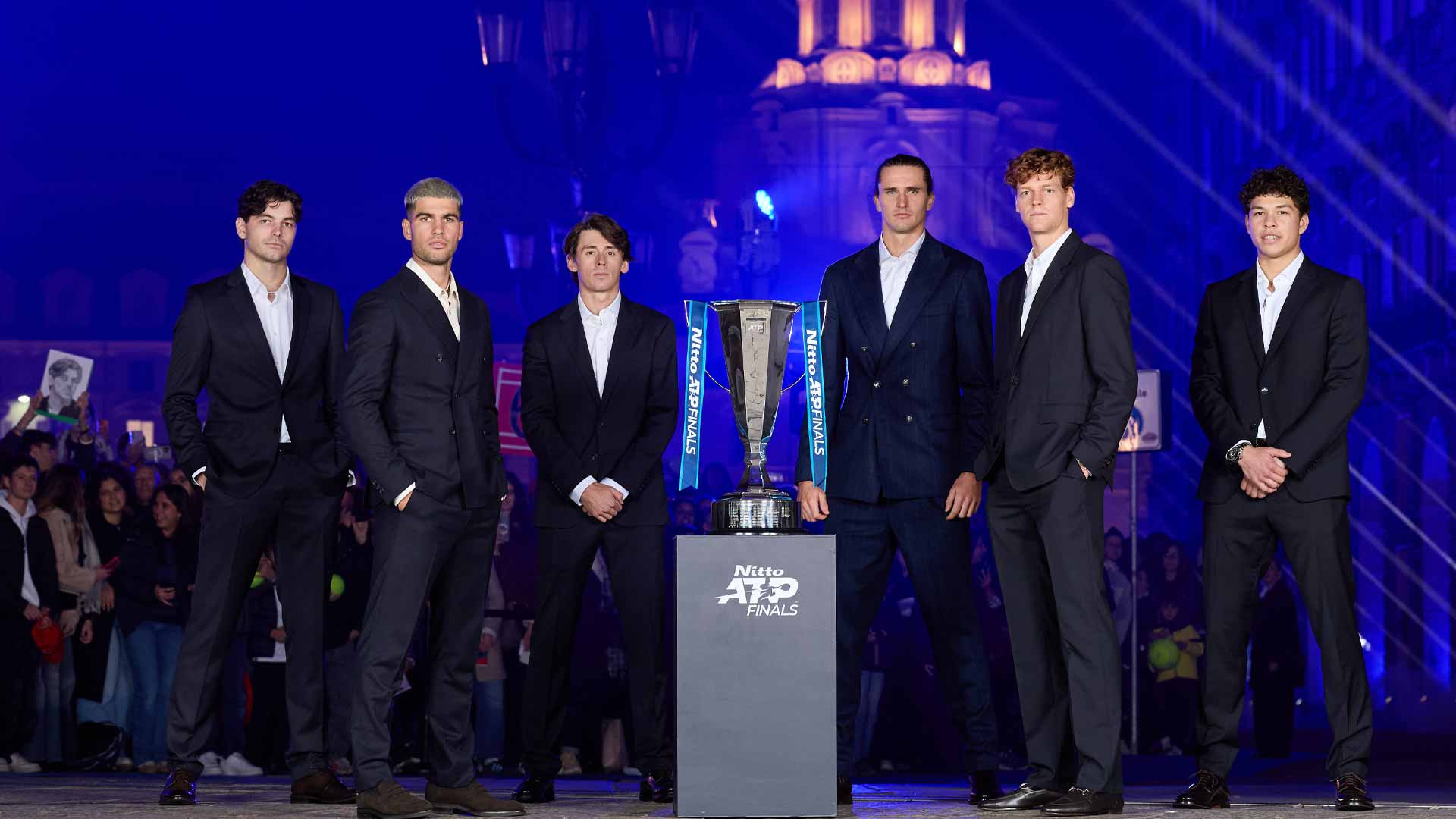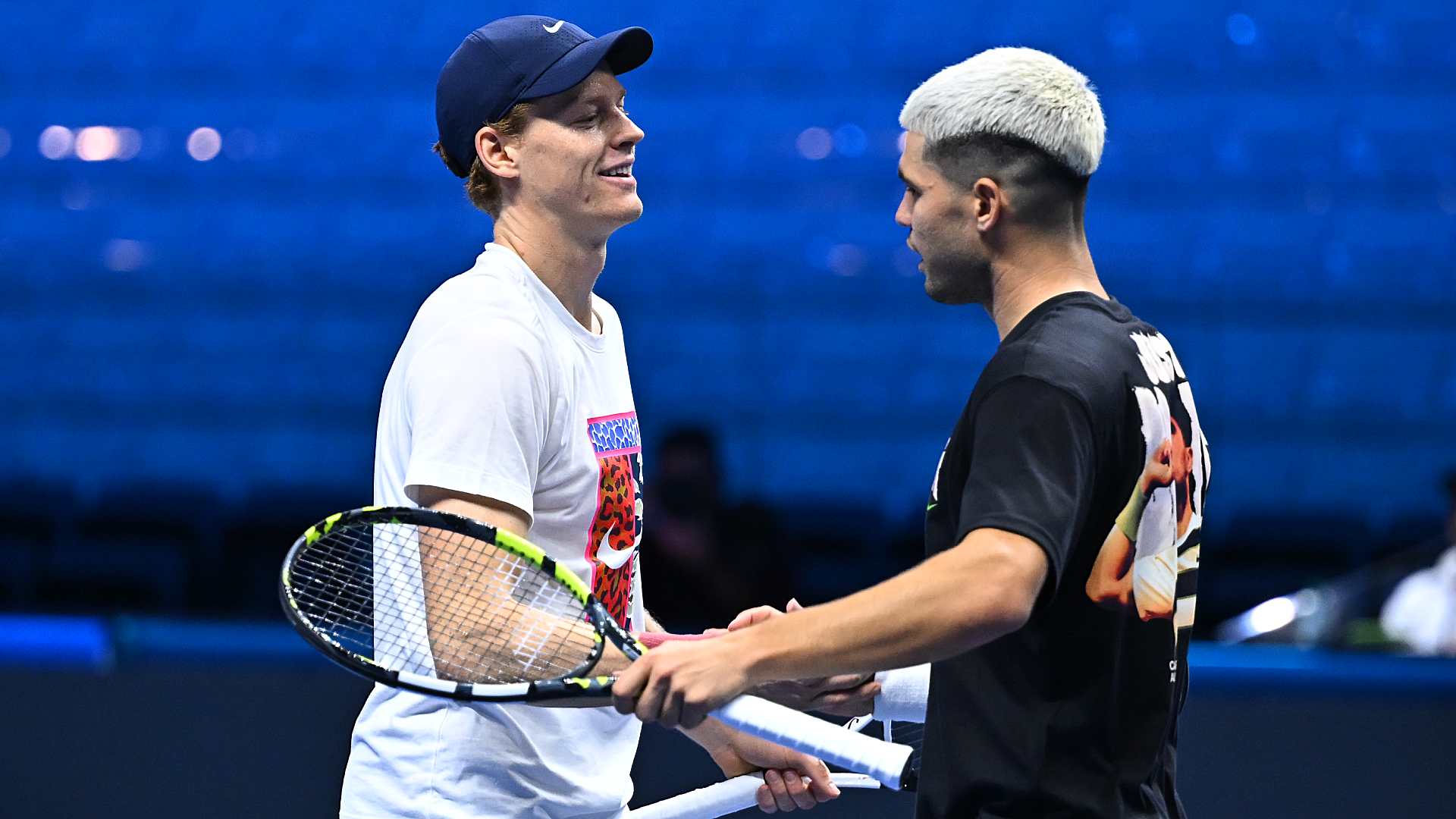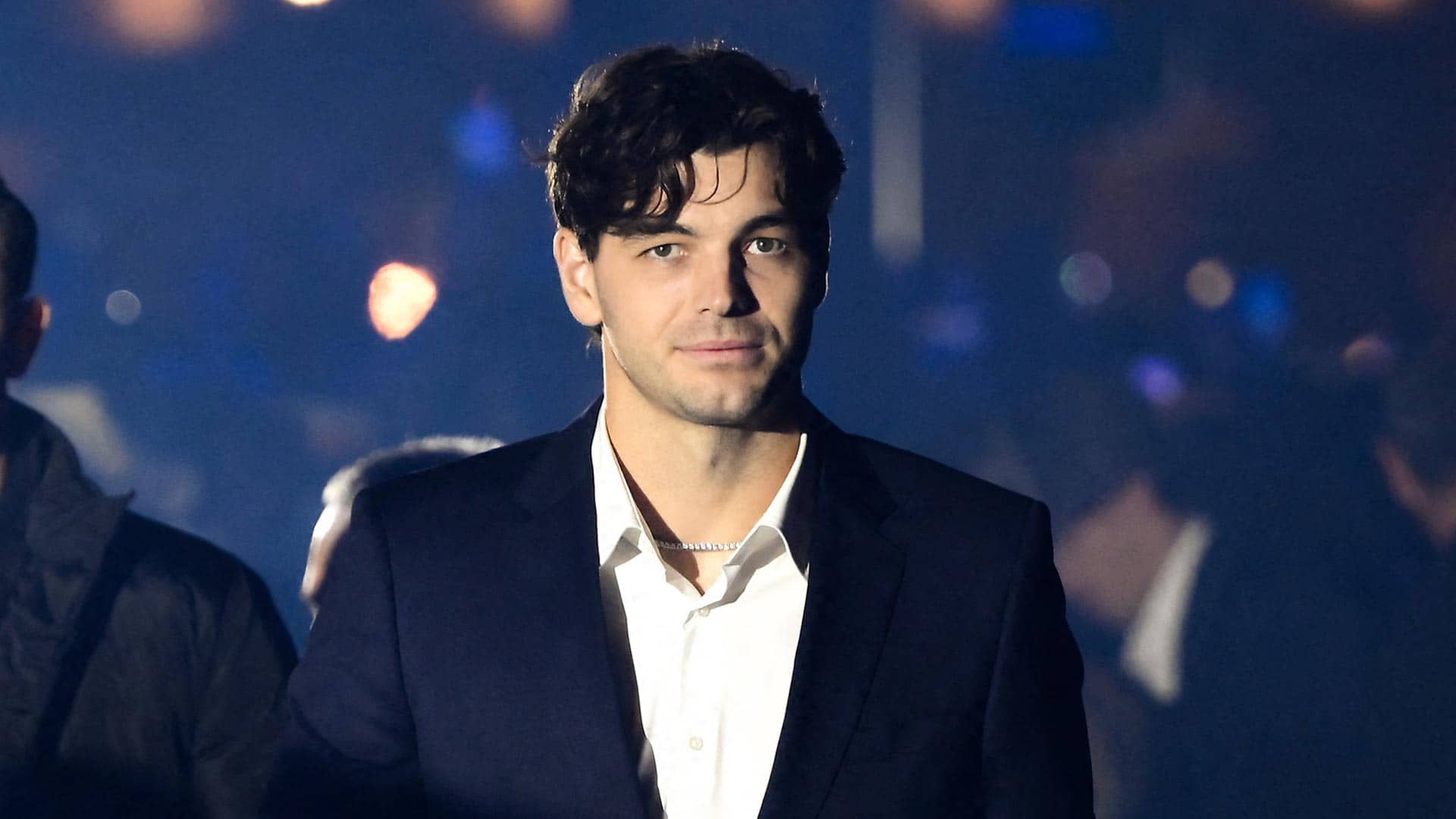The neon glow of Tokyo's skyline casts long shadows over the Ariake Coliseum, where the hard courts hum with the residue of triumphs past. This ATP 500 event, carved into the calendar just after the US Open, pulls players into a vortex of rebound and reset, the ball skidding faster on these outdoor surfaces than the majors' deliberate pace. Of the 29 players to have held the No. 1 ranking in ATP history, 12 have claimed the Kinoshita Group Japan Open Tennis Championships trophy since its 1972 start, a lineage that now beckons Alcaraz as he steps onto the baseline for the first time in 2025, his season's 23-4 outdoor hard-court ledger a quiet promise amid the humid evening air.
Edberg and Sampras forge unbreakable bonds
Stefan Edberg turned Tokyo into his domain, harvesting a record four titles and 27 match wins across six appearances, his serve-volley rushes slicing through the night like underspin lobs that hugged the low bounce. In 1991, at 25 and newly crowned world No. 1, he dismantled Jimmy Connors in the third round and Ivan Lendl in the final, both fellow summit climbers, across three-set battles that demanded unflinching net poise. He dispatched Michael Stich and Michael Chang in straight sets, his flat backhands threading down-the-line winners to become the first reigning No. 1 to lift the trophy, the crowd's murmurs swelling into cheers as his precision transformed post-slam fatigue into focused dominance.
Pete Sampras found his coronation here, his 1993 breakthrough over Brad Gilbert sealing the No. 1 ascent the next day, April 12, amid the electric pulse of a coliseum alive with anticipation. Returning as top-ranked in 1994 and 1996, he toppled Michael Chang and Richey Reneberg in finals against fellow Americans, his kick serves arcing high before crosscourt forehands exploited gaps, capping a perfect 15-0 record that echoed unbreakable resolve. Each run tested the isolation of the peak, yet Sampras channeled it into one–two combinations that pinned opponents deep, remaining the only player to win twice at No. 1, his triumphs a blueprint for turning ranking pressure into hard-court poetry.
World No. 1 Pete Sampras in action during his 1994 Tokyo title run. Photo Credit: Kazuhiro Nogi/AFP via Getty Images
Federer, Nadal, and Djokovic conquer debuts
Roger Federer arrived in 2006 at the height of his 237-week No. 1 reign, his lone Tokyo visit a masterclass of efficiency, dropping just one set to wild card Takao Suzuki in the quarters before gliding past Tim Henman in the final. His inside-out forehands wove through the baseline exchanges, slice backhands skidding low to force errors on the true-bouncing surface, securing his ninth title of a banner year and a 7-6 head-to-head edge in their 13th clash as Henman eyed retirement in 2007. The Swiss's footwork blurred under the lights, the subtle strain of endless scrutiny melting into serene control, the arena's roars affirming his timeless adaptability.
Rafael Nadal ignited his 2010 debut as world No. 1 with straight-set dismissals of Go Soeda, Milos Raonic, and Santiago Giraldo, his topspin forehands gripping the hard courts to push rivals back into defensive scrambles. The semi against Viktor Troicki turned raw, Nadal saving two match points in a third-set tie-break with down-the-line passes and elastic retrievals to escape 7-6(4), 4-6, 7-6(7), before cruising past Gael Monfils 6-1, 7-5. That grit, forged in seasonal transitions from clay to hard, bent adversity into victory, though his 2011 final loss to Andy Murray as No. 2 revealed Tokyo's sharp edges, the lefty's spin a lingering echo in the humid hush.
Rafael Nadal triumphs on his Tokyo debut, 2010. Photo Credit: Koji Watanabe/Getty Images
Novak Djokovic completed the Big Three's Tokyo sweep in 2019, his No. 1 run a balm after a US Open shoulder withdrawal, dropping more than four games in a set just once across five matches. He motored past Alexei Popyrin, Soeda, Lucas Pouille, David Goffin, and John Millman, backhand slices underspinning returns to disrupt tempos while serves targeted corners for free points on the swift surface. Acclimating swiftly to the coliseum's pace, his elastic defense surged into offense, the Japanese crowd's energy fueling a psychological rebound that turned injury's shadow into triumphant light.
Novak Djokovic holds aloft the Tokyo trophy in 2019. Photo Credit: Koji Watanabe/Getty Images
Alcaraz faces rivals in history's glare
Now Alcaraz shoulders the mantle, his US Open epic restoring him to No. 1 after a season of ebbs and flows, the 21-year-old's explosive athleticism primed for Tokyo's medium-fast zip. He enters with momentum from that 23-4 hard-court mark, per the ATP Win/Loss Index, yet the draw bristles with threats: former champion Taylor Fritz's booming serves, Holger Rune's flat power, Casper Ruud's steady baseline grind, and Frances Tiafoe's net-rushing flair. The Spaniard must calibrate his inside-in forehands to wrong-foot aggressors, weaving one–two patterns against consistent returns, the coliseum's vibrant lights amplifying every grunt as humidity clings to the air.
Unlike Edberg's veteran calm or Sampras's breakthrough fire, Alcaraz navigates prodigy vertigo, where points pulse with immortality's pull amid a grueling schedule bridging majors and mandates. Fritz's prior win layers tactical intrigue, his big deliveries testing retrieval depth, while Rune's intensity could echo Troicki's resistance, demanding on-the-fly shifts like crosscourt lobs to counter Tiafoe's advances. As the 2025 edition unfolds, the hushed anticipation builds to thunderous peaks, the young gun's mental elasticity—honed in five-set marathons—poised to echo Djokovic's recovery but laced with audacious youth, potentially etching a sixth No. 1 triumph into the coliseum's storied baseline.


